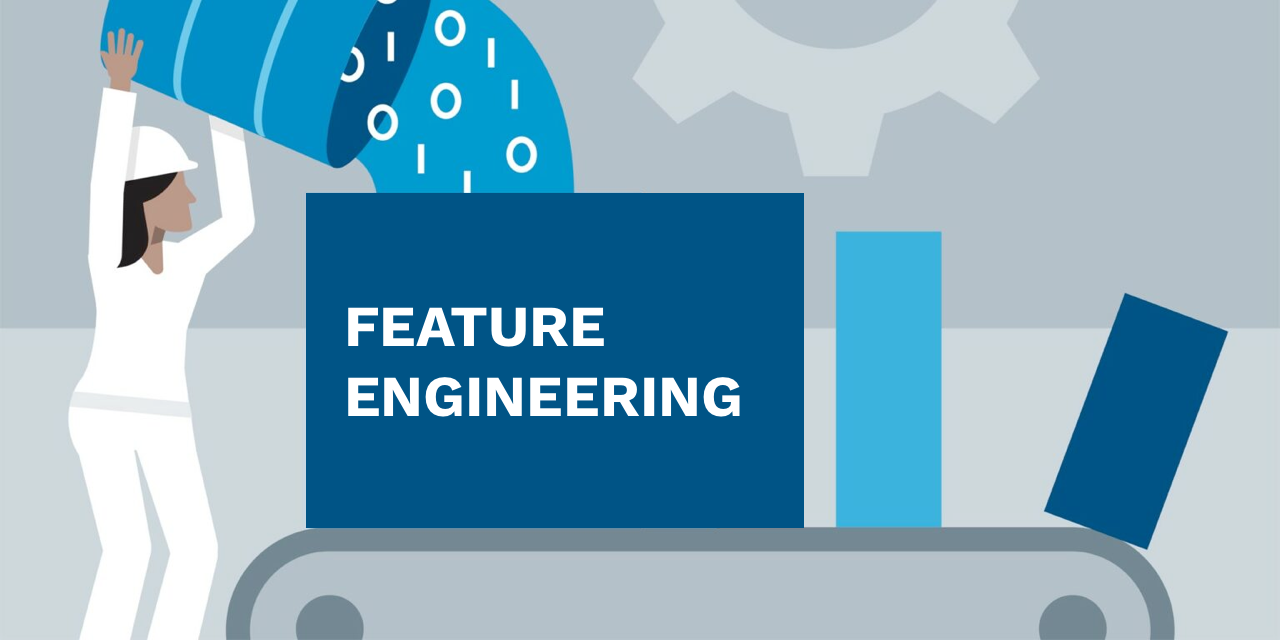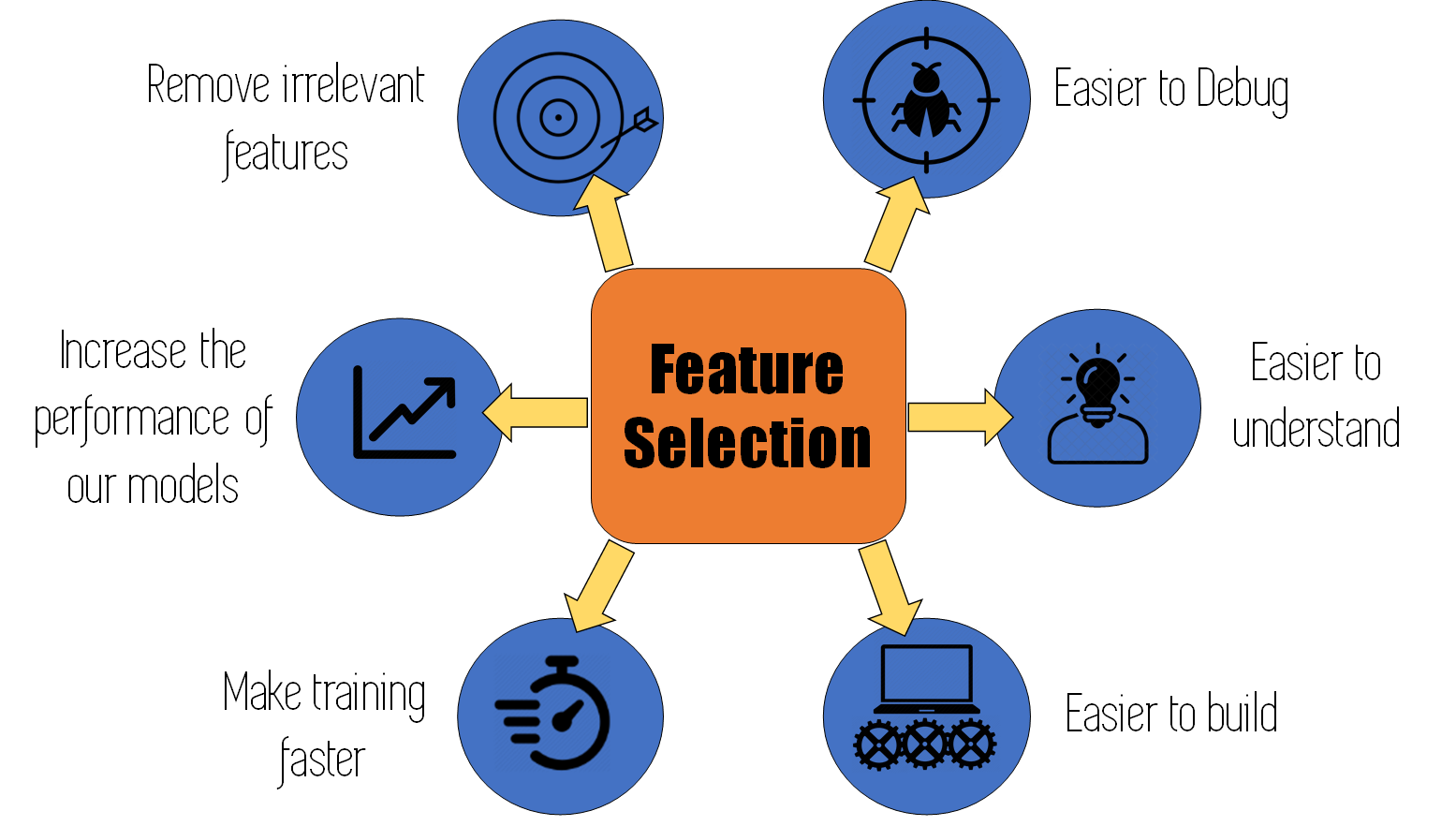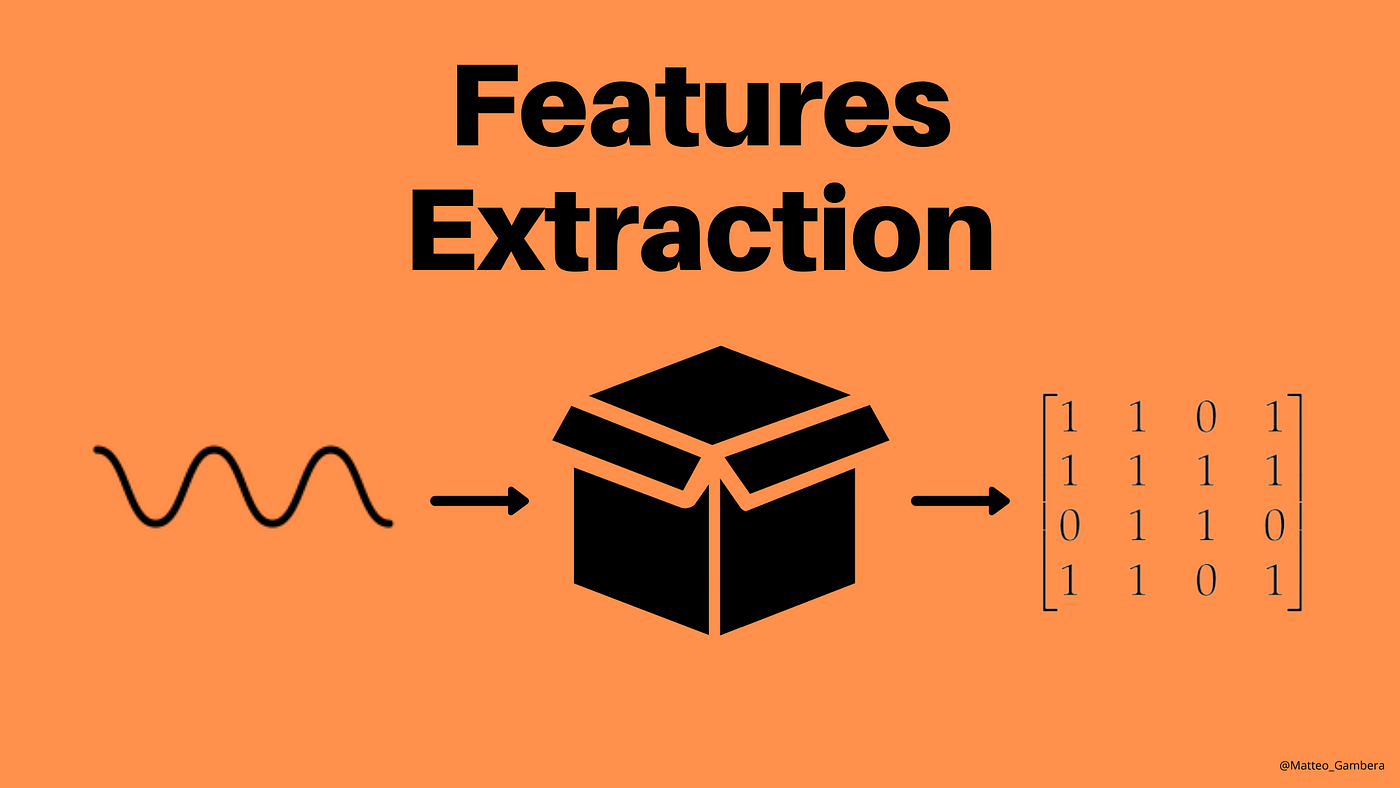Feature Engineering Explained for Curious Minds😎
 LAKSHMI PRABHA S
LAKSHMI PRABHA S
Introduction:
Imagine you have a big box of LEGO bricks 🧱. Each brick is like a piece of information about something. Maybe it's how tall someone is, or how fast a car 🚓can go. Now, just having lots of LEGO bricks doesn't really make anything exciting. But if we put those bricks together in just the right way, we can build something amazing! 🤩That's what feature engineering is all about – it's like building cool stuff with LEGO bricks, but instead of LEGO bricks, we're working with data! 📋
Okay cool what is Feature Engineering?
Feature engineering is like being a detective 🕵️♀️. You know how detectives look for clues to solve mysteries🔎? Well, in feature engineering, we're also looking for clues, but our mystery is hidden in the data! We try to find the most important pieces of information (or features) that help us understand what's going on.
Feature engineering is the process that takes raw data and transforms it into features that can be used to create a predictive model using machine learning or statistical modeling, such as deep learning.
Cleaning Data:
Imagine you have a big toy box full of toys – cars🚓, dolls 🪆, building blocks🧱, you name it! Now, imagine some of those toys are broken or missing pieces. It's like having a puzzle🧩 with missing pieces! Cleaning data is like fixing those broken toys and finding the missing puzzle pieces so we can play with them properly!🎲
Data cleaning involves removing or correcting errors, outliers, missing values, and inconsistencies from the raw data. Feature engineering involves creating or transforming features that can enhance the predictive power of the machine learning model. However, both steps can be time-consuming, tedious, and subjective.
Feature selection:
Feature selection is like picking out your favorite toys to play with – the ones that are the most fun and exciting!🤩

In the machine learning process, feature selection is used to make the process more accurate. It also increases the prediction power of the algorithms by selecting the most critical variables and eliminating the redundant and irrelevant ones. This is why feature selection is important.
Feature Transformation:
Imagine you have a box of crayons 🖍️, and each crayon is a different color. Now, what if we could use magic to mix those colors together and make new ones? Feature transformation is like using magic to mix and change the colors of our crayons 🎨– but instead of crayons, we're working with data!
Feature transformation is a mathematical transformation in which we apply a mathematical formula to a particular column(feature) and transform the values which are useful for our further analysis.
Feature Extraction:
Imagine we have a big puzzle 🧩 with lots of pieces. Some pieces have pictures of trees 🌳, some have pictures of animals 🐕, and some have pictures of houses 🏠. But what if we want to find all the pieces with pictures of trees? That's where feature extraction comes in!
Feature extraction is like using a special tool 🪄 to pick out all the pieces with pictures of trees 🏞️. We take a close look at each piece and decide if it's a tree piece or not. Then, we put all the tree pieces together in a new pile!

Feature extraction refers to the process of transforming raw data into numerical features that can be processed while preserving the information in the original data set. It yields better results than applying machine learning directly to the raw data.
Feature construction:
Okay, imagine you have a big box of LEGO blocks 🧱 – red ones 🔴, blue ones 🔵, green ones 🟢, you name it! Now, what if we could use these blocks to build something totally new and exciting? Feature construction is like using your imagination to put together different LEGO blocks and create something awesome – but instead of LEGO blocks, we're working with data! 📋
The concept of Feature Construction in Machine Learning is what it is all about. Feature construction is the process of creating new features or variables from existing data that can be used to improve the performance of machine learning models.
Subscribe to my newsletter
Read articles from LAKSHMI PRABHA S directly inside your inbox. Subscribe to the newsletter, and don't miss out.
Written by

LAKSHMI PRABHA S
LAKSHMI PRABHA S
I am very much privelged to introduce myself Im Lakshmi Prabha. S, currently pursuing an MSc in Software Systems. With a strong passion for technology and a deep understanding of software development, I am eager to contribute my skills and knowledge to the professional landscape. 🌟 Throughout my academic journey, I have acquired a comprehensive understanding of software systems . I have sharpened my abilities in programming languages such as C, C++, HTML,CSS ,Data science, Artificial intelligence,Deep learning, Machine Learning and Python too allowing me to develop strong and efficient software solutions.👩💻 My academic endeavors have also equipped me with excellent problem solving and analytical skills, enabling me to identify software-related challenges and devise innovative solutions.✨ I possess strong interpersonal skills, which have been sharpened through collaborative projects and team based assignments, allowing me to effectively communicate and work alongside diverse groups of professionals.💥 Furthermore, I have demonstrated my ability to adapt to dynamic work environments through internships ,hackathons , ideathons , projects, where I had the opportunity to work with cross-functional teams. These experiences have nurtured my organizational and time management skills, enabling me to meet project deadlines and deliver results efficiently. 🚀🪄